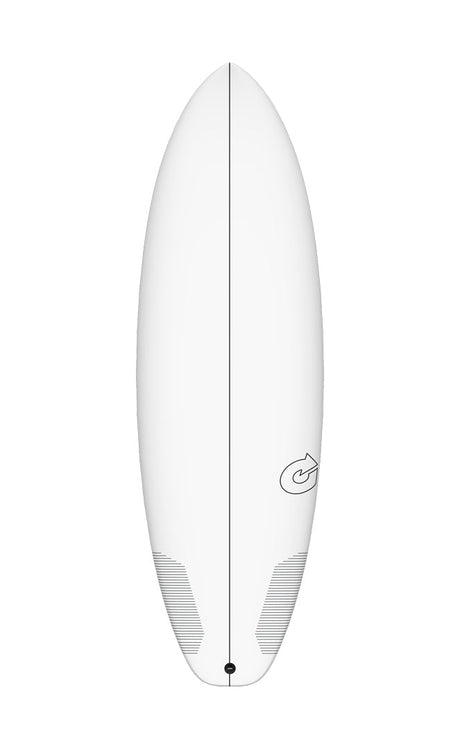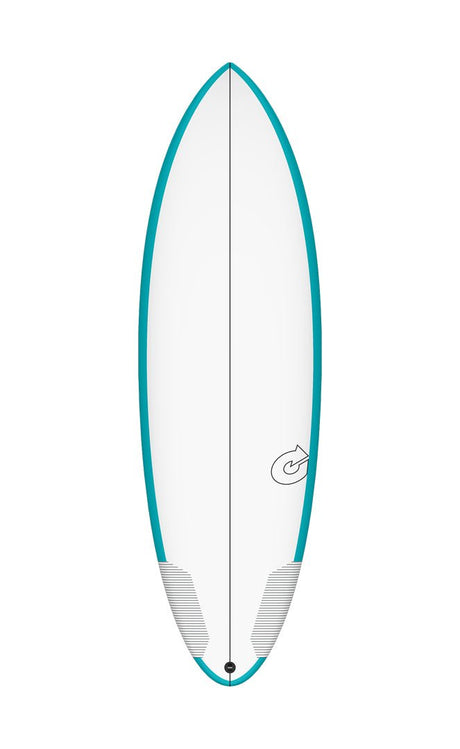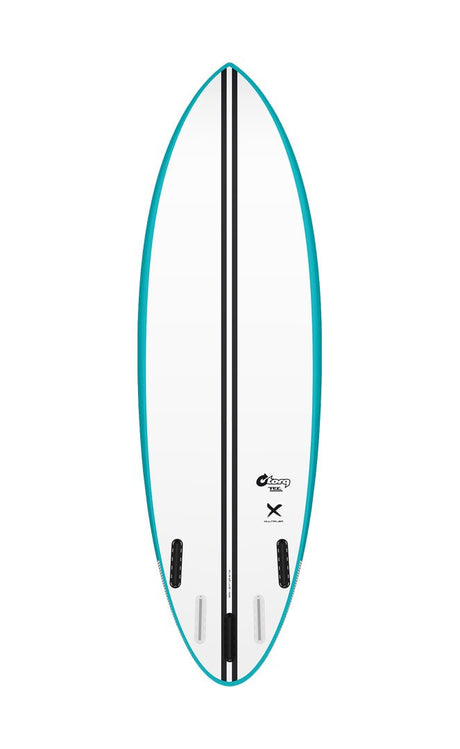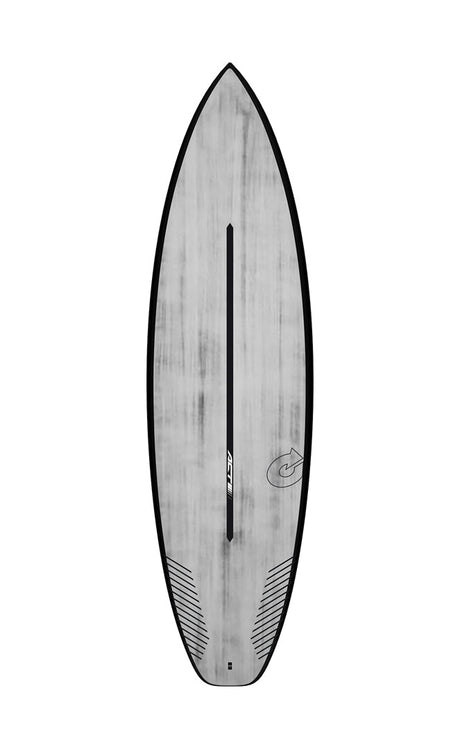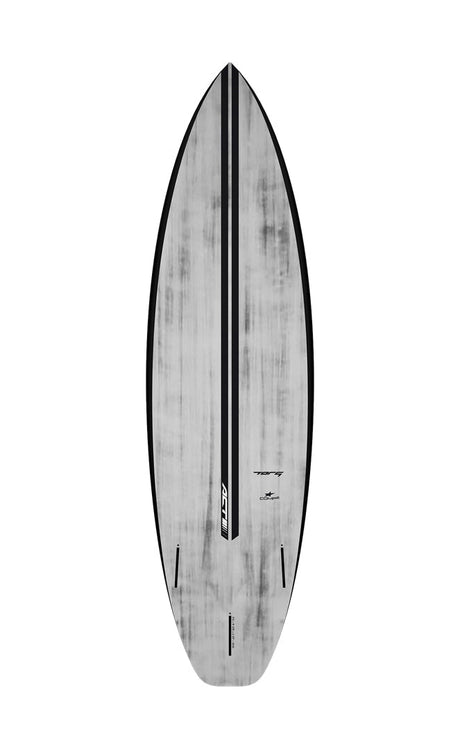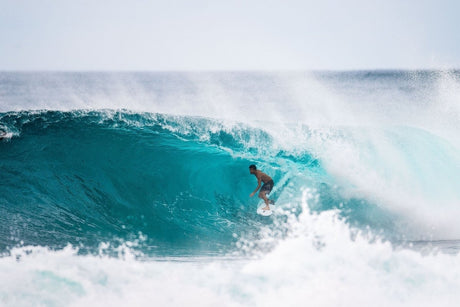Surfing is no longer limited to oceans and lakes, riversurfing is gaining popularity and becoming an exciting alternative for sliding enthusiasts. Accessible, fun, and fascinating, it attracts more and more followers ready to challenge standing waves in an urban environment. In this article, we present the main aspects of this emerging practice and guide you to your first waves!
What is riversurfing?
Riversurfing consists of surfing on waves formed in rivers. Unlike traditional surfing practiced in the sea, these waves are often permanent or semi-permanent and can offer a constant and predictable playground. This allows surfers to train continuously without having to wait for ideal weather conditions as is the case with ocean waves!
The iconic spots of the DACH region
The DACH region (Germany, Austria, Switzerland) has several iconic spots for river surfing, each with its unique characteristics:
- Germany: In Munich, the Eisbach world-famous is not recommended for beginners due to its difficulty. However, places like Langenfeld and Floßlände offer good opportunities for those starting out. Nuremberg and Pforzheim also offer interesting waves in picturesque settings.

- Switzerland: The city of Thun and Bremgarten are becoming prime locations to practice this sport in Switzerland, thanks to their accessibility and facilities suitable for all levels.

- Austria: In Austria, the Almwelle in Salzburg is particularly suitable for beginners. Other sites like Ebensee and Pipeline Bad Ischl also offer attractive waves.

Choosing the right equipment: board and accessories
Good equipment is essential for success in river surfing. The specific nature of river environments requires boards different from those used at sea. It is therefore important to choose a board specially designed to withstand frequent impacts against concrete, wood, or stone walls.
Tips for choosing your board
Popular brands such as Torq manufacture sturdy boards, durable and eco-friendly, suited to the specific needs of riversurfing. The models vary depending on your style and the characteristics of the waves: small sizes between 4'8 and 5'6 feet are recommended for adults. A light rocker is often useful to avoid the nose of the board digging into the wave!

Essential accessories
The booties protect your feet against injuries caused by stones found at the bottom of natural rivers, thus reducing annoying cuts. Moreover, using a leash attached to the hips instead of the ankle can prevent serious accidents if it gets caught somewhere.

First steps in riversurfing: tips for beginners
For your first riversurfing sessions, following a few simple tips can greatly improve your experience. Start by getting familiar with the feel of the wave by grabbing the nose of your board for more stability.

The importance of support
Having an experienced friend by your side to guide you and hold the board during your first attempts can be very beneficial. Their support will not only help increase your confidence but also speed up your learning.
Respect surf etiquette
Even on the river, respecting the rules and ethics of surfing is crucial. Make sure to understand and follow the etiquette to maintain a friendly atmosphere with other surfers. This includes respecting the queues on the wave, the right of way, and the absence of intentional obstruction.

Conclusion: make the most of your experience
Riversurfing opens new perspectives for surf enthusiasts looking to diversify their experiences. With the right equipment, appropriate advice, and a respectful attitude, you can quickly find enjoyment in this unique discipline. Whether you are a beginner or an experienced surfer, the world of riversurfing has a lot to offer. So, grab your board and get ready to tame these river waves!











